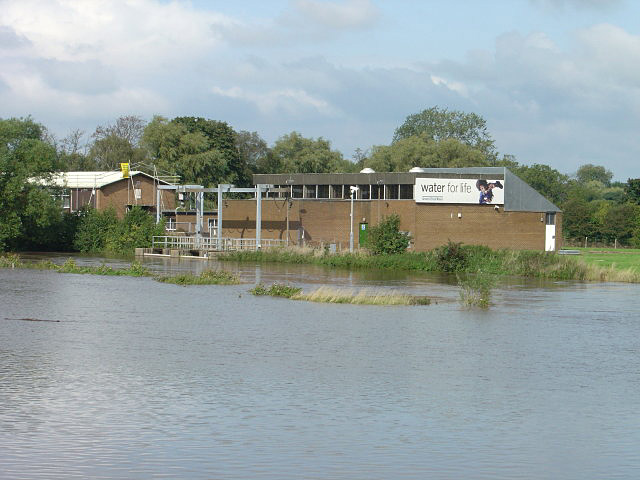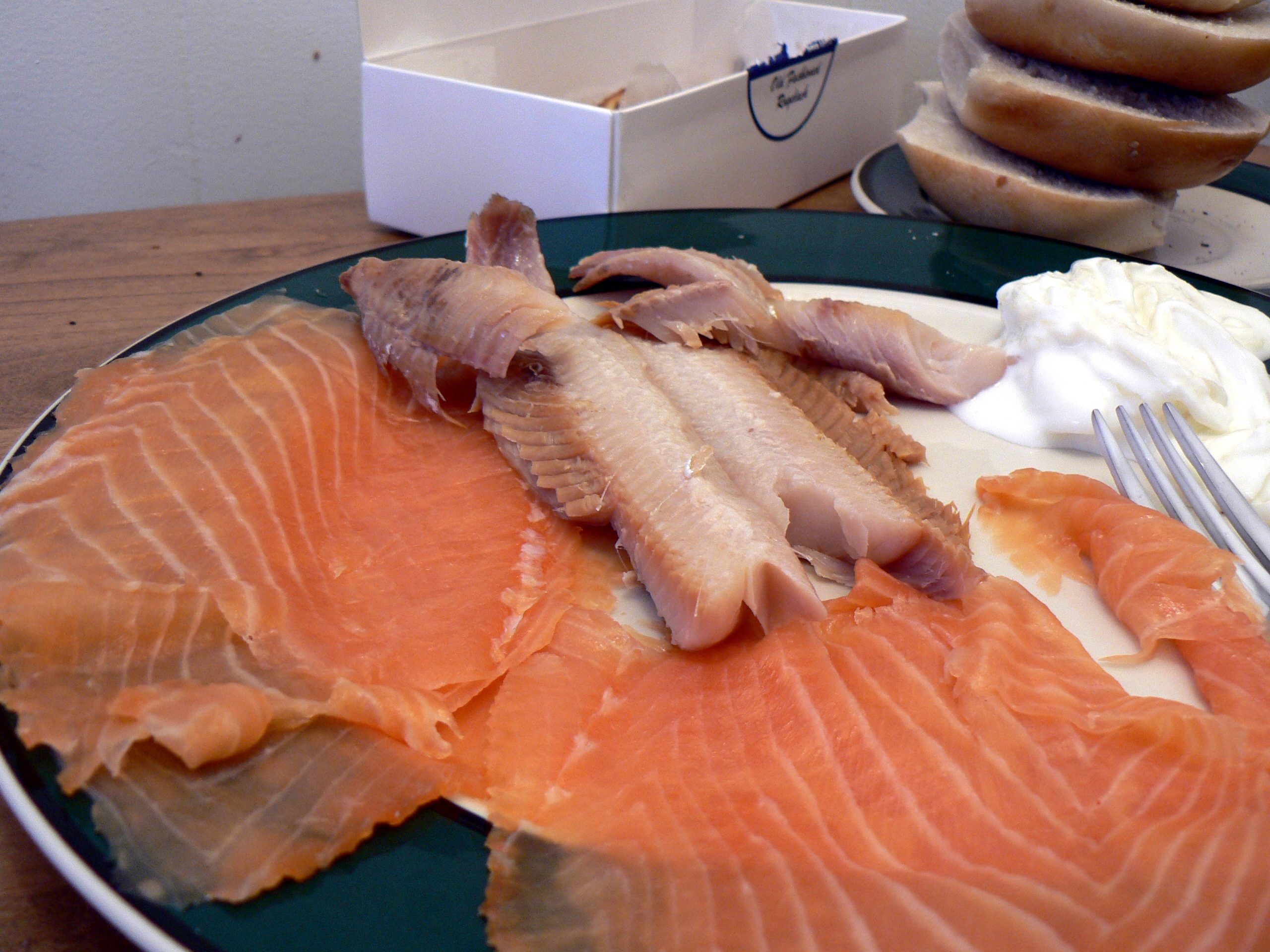|
Coregonus Stigmaticus
The schelly (''Coregonus stigmaticus'') is a living fresh water fish of the salmon family, endemic to four lakes in the Lake District, England. Its taxonomy is disputed with some recognizing it as a distinct species and others as a variant of the widespread Eurasian whitefish species ''Coregonus lavaretus''. It is present in Brothers Water, Haweswater, Red Tarn and Ullswater, and the population seems stable in all of these except for Haweswater where it seems to be declining. The main threats it faces are seen to be water abstraction and cormorants, and the fish-eating birds are being culled from Haweswater. The International Union for Conservation of Nature has rated the conservation status of this fish as "endangered". Taxonomy In Britain the schelly populations are usually considered as members of the widespread Eurasian whitefish species ''Coregonus lavaretus'', or common whitefish, as with the Welsh gwyniad and Scottish powan. [...More Info...] [...Related Items...] OR: [Wikipedia] [Google] [Baidu] |
Charles Tate Regan
Charles Tate Regan FRS (1 February 1878 – 12 January 1943) was a British ichthyologist, working mainly around the beginning of the 20th century. He did extensive work on fish classification schemes. Born in Sherborne, Dorset, he was educated at Derby School and Queens' College, Cambridge and in 1901 joined the staff of the Natural History Museum, where he became Keeper of Zoology, and later director of the entire museum, in which role he served from 1927 to 1938. Regan was elected Fellow of the Royal Society in 1917. Regan mentored a number of scientists, among them Ethelwynn Trewavas, who continued his work at the British Natural History Museum. Species Among the species he described is the Siamese fighting fish (''Betta splendens''). In turn, a number of fish species have been named ''regani'' in his honour: *A Thorny Catfish '' Anadoras regani'' (Steindachner, 1908) *The Dwarf Cichlid '' Apistogramma regani'' *'' Apogon regani'' *A Catfish '' Astroblepus regani'' * ... [...More Info...] [...Related Items...] OR: [Wikipedia] [Google] [Baidu] |
International Union For Conservation Of Nature
The International Union for Conservation of Nature (IUCN; officially International Union for Conservation of Nature and Natural Resources) is an international organization working in the field of nature conservation and sustainable use of natural resources. It is involved in data gathering and analysis, research, field projects, advocacy, and education. IUCN's mission is to "influence, encourage and assist societies throughout the world to conserve nature and to ensure that any use of natural resources is equitable and ecologically sustainable". Over the past decades, IUCN has widened its focus beyond conservation ecology and now incorporates issues related to sustainable development in its projects. IUCN does not itself aim to mobilize the public in support of nature conservation. It tries to influence the actions of governments, business and other stakeholders by providing information and advice and through building partnerships. The organization is best known to the wider pu ... [...More Info...] [...Related Items...] OR: [Wikipedia] [Google] [Baidu] |
Water Abstraction
Water extraction (or water withdrawal) is the process of taking water from any source, either temporarily or permanently, for flood control or to obtain water for, for example, irrigation. The extracted water could also be used as drinking water after suitable treatment. Depending on the environmental legislation in the country, controls may be placed on extraction to limit the amount of water that can be removed. The over-extraction of water can lead to dry rivers or declining groundwater levels. The science of hydrogeology is used to determine safe water extraction levels. Water can go through dams that are used to regulate or stop water from coming though, creating hydroelectricity. Effects of overextraction Saltwater intrusion See also * Atmospheric water generator * Desalination * Reclaimed water * Groundwater extraction Water extraction (or water withdrawal) is the process of taking water from any source, either temporarily or permanently, for flood control o ... [...More Info...] [...Related Items...] OR: [Wikipedia] [Google] [Baidu] |
Cormorant Culling
Cormorant culling is the intentional killing of cormorants by humans for the purposes of wildlife management. It has been practiced for centuries, with supporters of culling generally arising from the angling community. Culling techniques may involve the killing of birds, the destruction of eggs, or both. Historically, culls have occurred to protect the interests of recreational and commercial fishermen who perceive the animals to be competing with them for their intended catch or for the prey of their intended catch. Since the 1960s, the growing aquaculture industry has undertaken cormorant culls to protect its farmed fish and crustacean stocks. Opponents of cormorant culling include conservation groups such as the National Audubon Society, Cormorant Defenders International and Sea Shepherd. Target species The target species are primarily the double-crested cormorant in North America and the great cormorant in Europe, Japan, and Australia. The little black cormorant has also be ... [...More Info...] [...Related Items...] OR: [Wikipedia] [Google] [Baidu] |
Cumbria
Cumbria ( ) is a ceremonial and non-metropolitan county in North West England, bordering Scotland. The county and Cumbria County Council, its local government, came into existence in 1974 after the passage of the Local Government Act 1972. Cumbria's county town is Carlisle, in the north of the county. Other major settlements include Barrow-in-Furness, Kendal, Whitehaven and Workington. The administrative county of Cumbria consists of six districts ( Allerdale, Barrow-in-Furness, Carlisle, Copeland, Eden and South Lakeland) and, in 2019, had a population of 500,012. Cumbria is one of the most sparsely populated counties in England, with 73.4 people per km2 (190/sq mi). On 1 April 2023, the administrative county of Cumbria will be abolished and replaced with two new unitary authorities: Westmorland and Furness (Barrow-in-Furness, Eden, South Lakeland) and Cumberland ( Allerdale, Carlisle, Copeland). Cumbria is the third largest ceremonial county in England by area. It i ... [...More Info...] [...Related Items...] OR: [Wikipedia] [Google] [Baidu] |
Freshwater Whitefish
The freshwater whitefish are fishes of the subfamily Coregoninae, which contains whitefishes (both freshwater and anadromous) and ciscoes, and is one of three subfamilies in the salmon family Salmonidae. Apart from the subfamily Coregoninae, the family Salmonidae includes the salmon, trout, and char species of the subfamily Salmoninae, and grayling species of the subfamily Thymallinae. Freshwater whitefish are distributed mainly in relatively cool waters throughout the northern parts of the Northern Hemisphere. The Coregoninae subfamily consists of three nominal genera: *''Coregonus'' Linnaeus, 1758 – whitefishes and ciscoes, which according to some authors number more than 60 species. There are differing opinions on the classification of some species within the genus and the overall number of species. Some species in Arctic regions of Asia and North America forage in marine waters. *''Prosopium'' Jordan, 1878 – round whitefishes, which includes six species, three of which ... [...More Info...] [...Related Items...] OR: [Wikipedia] [Google] [Baidu] |
IUCN
The International Union for Conservation of Nature (IUCN; officially International Union for Conservation of Nature and Natural Resources) is an international organization working in the field of nature conservation and sustainable use of natural resources. It is involved in data gathering and analysis, research, field projects, advocacy, and education. IUCN's mission is to "influence, encourage and assist societies throughout the world to conserve nature and to ensure that any use of natural resources is equitable and ecologically sustainable". Over the past decades, IUCN has widened its focus beyond conservation ecology and now incorporates issues related to sustainable development in its projects. IUCN does not itself aim to mobilize the public in support of nature conservation. It tries to influence the actions of governments, business and other stakeholders by providing information and advice and through building partnerships. The organization is best known to the wider ... [...More Info...] [...Related Items...] OR: [Wikipedia] [Google] [Baidu] |
FishBase
FishBase is a global species database of fish species (specifically finfish). It is the largest and most extensively accessed online database on adult finfish on the web.Marine Fellow: Rainer Froese ''Pew Environment Group''. Over time it has "evolved into a dynamic and versatile ecological tool" that is widely cited in scholarly publications. FishBase provides comprehensive species data, including information on , geographical distribution, and |
Powan
The powan (''Coregonus clupeoides'') is a kind of freshwater whitefish endemic to two lochs in Scotland, Loch Lomond and Loch Eck.Freyhof, J. & Kottelat, M. (2008''Coregonus clupeoides''.In:IUCN Red List of Threatened Species. Version 2010.1. (Accessed 17 April 2010) It has been successfully introduced in two other sites, Loch Sloy and the Carron Valley Reservoir.Vendace and Powan: the Coregonids Dualchas Nàdair na h-Alba (Scottish Nature Heritage) (Accessed 17 April 2010) Powan populations are relatively healthy, but may have been negatively impacted by the introduced , which eats powan eggs and fry. As a conservation action, an attempt to establish ... [...More Info...] [...Related Items...] OR: [Wikipedia] [Google] [Baidu] |
Gwyniad
The gwyniad (''Coregonus pennantii'') is a freshwater whitefish native to Bala Lake ( cy, Llyn Tegid) in northern Wales. The population is threatened by deteriorating water quality and by the ruffe, a fish introduced to the lake in the 1980s and now eating the eggs and fry of gwyniad. As a conservation measure, eggs of gwyniad were transferred to Llyn Arenig Fawr, a nearby reservoir, between 2003 and 2007. The taxonomy of the genus ''Coregonus'' is disputed; some authorities assign the gwyniad to the common whitefish (''Coregonus lavaretus''), and a morphological review in 2012 was unable to find any solid evidence for recognizing the gwyniad as a separate species.Etheridge, E.C.; C. E. Adams; C. W. Bean; N. C. Durie; A. R. D. Gowans; C. Harrod; A. A. Lyle; P. S. Maitland; and I. J. Winfield (2012). Are phenotypic traits useful for differentiating among a priori Coregonus taxa? Journal of Fish Biology 80: 387–407. FishBase and the IUCN list it as a distinct species, ''C. penna ... [...More Info...] [...Related Items...] OR: [Wikipedia] [Google] [Baidu] |
Endangered Species
An endangered species is a species that is very likely to become extinct in the near future, either worldwide or in a particular political jurisdiction. Endangered species may be at risk due to factors such as habitat loss, poaching and invasive species. The International Union for Conservation of Nature (IUCN) Red List lists the global conservation status of many species, and various other agencies assess the status of species within particular areas. Many nations have laws that protect conservation-reliant species which, for example, forbid hunting, restrict land development, or create protected areas. Some endangered species are the target of extensive conservation efforts such as captive breeding and habitat restoration. Human activity is a significant cause in causing some species to become endangered. Conservation status The conservation status of a species indicates the likelihood that it will become extinct. Multiple factors are considered when assessing the ... [...More Info...] [...Related Items...] OR: [Wikipedia] [Google] [Baidu] |
Cormorant
Phalacrocoracidae is a family of approximately 40 species of aquatic birds commonly known as cormorants and shags. Several different classifications of the family have been proposed, but in 2021 the IOC adopted a consensus taxonomy of seven genera. The great cormorant (''Phalacrocorax carbo'') and the common shag (''Gulosus aristotelis'') are the only two species of the family commonly encountered in Britain and Ireland and "cormorant" and "shag" appellations have been later assigned to different species in the family somewhat haphazardly. Cormorants and shags are medium-to-large birds, with body weight in the range of and wing span of . The majority of species have dark feathers. The bill is long, thin and hooked. Their feet have webbing between all four toes. All species are fish-eaters, catching the prey by diving from the surface. They are excellent divers, and under water they propel themselves with their feet with help from their wings; some cormorant species have been ... [...More Info...] [...Related Items...] OR: [Wikipedia] [Google] [Baidu] |



.jpg)


